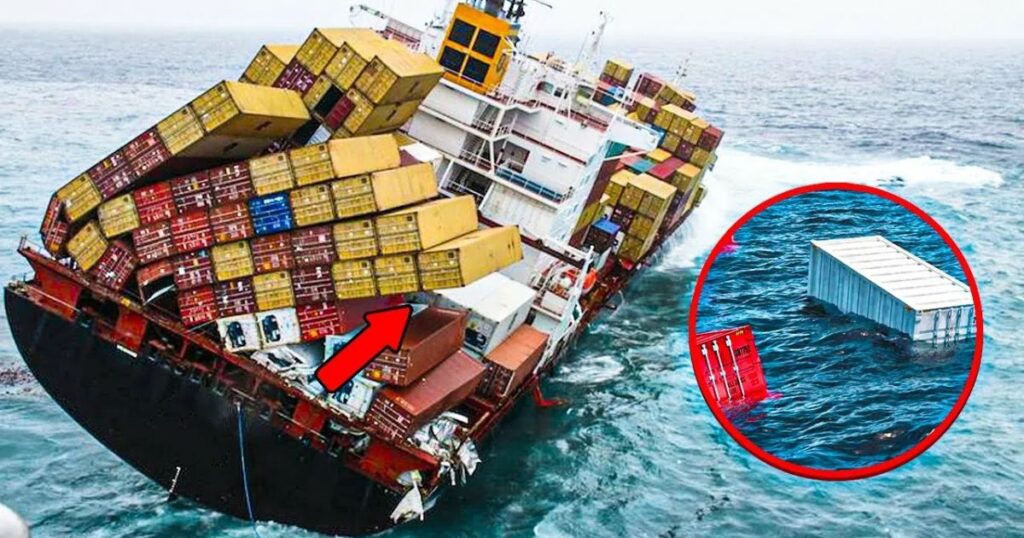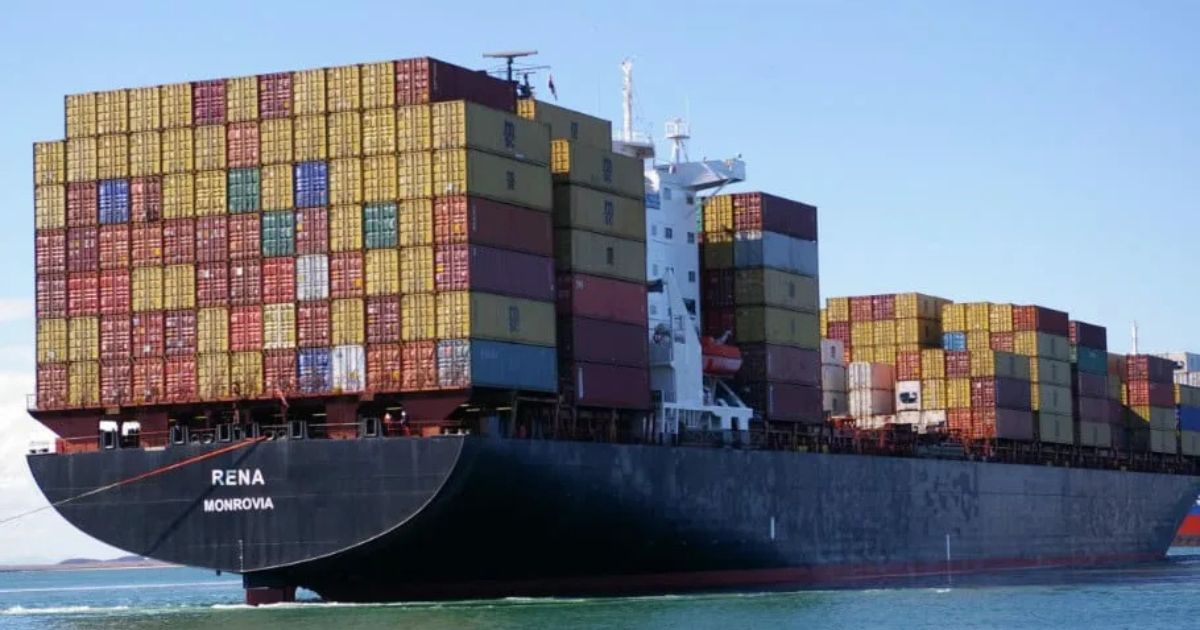Transporting a vehicle, whether locally or across the country, can be a complex task, especially if you are unfamiliar with the nuances of auto transport. Rena Monrovia, known for its robust car transport services, provides an efficient and reliable hub for vehicle transportation. Whether you’re moving for a new job, selling your car, or buying a vehicle online, it’s crucial to understand the landscape of car transport and make informed choices.
In this article, we’ll explore the Rena Monrovia car transport scene, highlight the different transport options available, and offer ten essential tips for ensuring a smooth and secure vehicle transport experience in 2024.
Understanding the Rena Monrovia Car Transport Landscape
Rena Monrovia is home to a bustling automotive industry, where vehicle transport has become a crucial component for residents and businesses alike. This city’s strategic location and proximity to major highways make it an ideal hub for car shipping services, which cater to both individuals and businesses needing to move cars in and out of the area.
Understanding the car transport industry in Rena Monrovia begins with grasping the logistics involved. Car transporters operate large, specialized trucks designed to safely and efficiently carry multiple vehicles at once. These trucks can either be open or enclosed, depending on the service you choose. Customers can opt for a variety of transport options that suit their needs, from budget-friendly solutions to premium services with maximum protection.
Rena Monrovia’s Auto Transport Hub
The city has established itself as a vital center for auto transport, attracting numerous auto shipping companies due to its favorable location. Rena Monrovia’s car transport hub facilitates the movement of thousands of vehicles every year, serving a wide range of clients, from private individuals to car dealerships and rental agencies. The transport hub also ensures smooth logistics and streamlined services, making the vehicle transportation process efficient.
Due to the high demand for auto transport, Rena Monrovia has a large variety of service providers. This competition is beneficial for consumers because it drives down costs and encourages service quality. However, it also means that customers need to carefully evaluate their options to choose a reliable and trustworthy service.
Open vs. Enclosed Transport
When transporting a vehicle, one of the first decisions you’ll have to make is whether to opt for open or enclosed transport. Each method has its advantages, and the choice you make will depend on your priorities—whether cost, speed, or protection.
- Open Transport: This is the most common and cost-effective method of vehicle transport. Cars are loaded onto an open-air trailer, which is exposed to the elements during transit. While this method is safe and widely used, vehicles transported in this way can be exposed to weather conditions like rain, snow, and debris from the road.
- Enclosed Transport: If you own a luxury, classic, or highly valuable car, enclosed transport might be the best option. This method provides complete protection from the elements as the car is transported in a fully enclosed trailer. It is more expensive than open transport but offers peace of mind for vehicle owners who prioritize safety and protection.
Making the Right Choice
Choosing between open and enclosed transport depends on several factors:
- Value of the Vehicle: If you’re transporting a high-end vehicle, the added cost of enclosed transport might be worth the investment.
- Weather Conditions: If the trip involves travel through regions with harsh weather, enclosed transport could provide additional peace of mind.
- Budget Considerations: Open transport is significantly more affordable and widely used, making it the better option for most standard vehicle moves.
Evaluating your vehicle’s value and specific needs can help you make the right decision for your car’s journey.
Why Choosing the Right Transport Method Matters

Choosing the right transport method is more than just a financial decision. It’s about safeguarding your vehicle from potential damage during transit. Open carriers are usually safe, but because vehicles are exposed to road elements, there is always a small risk of scratches or minor dings. Enclosed carriers offer better protection, but at a higher price.
In making your decision, you’ll need to weigh the risk of potential damage against the extra cost of an enclosed carrier. Your vehicle’s condition, the distance it needs to travel, and the climate it will encounter along the way should all be factored into your decision-making process.
10 Essential Tips for Safe Vehicle Transport
To ensure your vehicle arrives safely at its destination, follow these 10 essential tips:
1. Clean Your Vehicle Thoroughly
Before shipping your car, give it a thorough cleaning, both inside and out. A clean car allows you to spot any pre-existing damage more easily. It will also help you assess the vehicle’s condition after it arrives at its destination. Dirt and grime can hide scratches, dents, or other minor damages that you may need to document before transport.
2. Document Your Vehicle’s Condition
After cleaning the car, take detailed photographs of its current condition. This includes capturing images of any scratches, dents, or other marks from multiple angles. Having visual proof of your car’s state prior to transport will help in case there is a dispute over damage that might occur during transit. It’s also wise to make a written record of the vehicle’s condition and share it with the transport company.
3. Remove All Personal Belongings
Personal items inside the vehicle are not covered by insurance during the transportation process. Make sure to remove all belongings from the car, including electronics, documents, and even toll passes. Any items left inside the vehicle could shift during transport, potentially causing damage to the interior or even leading to theft.
4. Get Additional Insurance Coverage
Although car shipping companies provide insurance for the vehicles they transport, it’s often limited. To protect your car fully, consider purchasing additional insurance coverage. Contact your car insurance provider to find out if they offer additional coverage for car transport, or work with a third-party insurer that specializes in vehicle transport insurance.
5. Book Your Transport in Advance
Vehicle transport services can be in high demand, especially during peak seasons. Booking your transport several weeks or even months in advance will give you more flexibility in choosing dates and may even secure a better rate. Waiting until the last minute can limit your options and increase costs, particularly for enclosed transport.
6. Consider Terminal-to-Terminal Service
Terminal-to-terminal service is an option where you drop off your vehicle at a designated terminal, and it is transported to another terminal near your destination. This service is often more affordable than door-to-door transport, though it may require you to travel to and from the terminals. If you’re on a tight budget and don’t mind a bit of extra work, this can be a good option to consider.
7. Use Tracking Services for Peace of Mind
Many transport companies now offer vehicle tracking services, which allow you to monitor your car’s location throughout the transport process. Using tracking services gives you peace of mind, as you’ll be able to check on your vehicle’s progress and estimated arrival time. Ask your transport provider if they offer GPS tracking as part of their service package.
8. Compare Multiple Quotes and Reviews
Don’t settle for the first transport company you come across. Instead, request quotes from multiple companies to compare prices, services, and customer reviews. Online reviews and ratings can provide valuable insight into the reliability and quality of service a company provides. Choose a company with a good track record, even if their rates are slightly higher than the cheapest options.
9. Prepare for Potential Delays
Vehicle transport can be unpredictable due to traffic, weather conditions, or other logistical factors. Make sure to account for potential delays in your planning. While most companies provide a delivery window, it’s wise to be flexible with your schedule in case the transport takes longer than expected.
10. Conduct a Detailed Inspection Upon Arrival
Once your vehicle arrives at its destination, perform a thorough inspection to ensure it arrived in the same condition it was in before transport. Use the photos and documentation you created prior to shipping to compare the vehicle’s condition. If you notice any damage, report it to the transport company immediately and file a claim with your insurance provider if necessary.
Conclusion
Transporting your vehicle can be a seamless experience when you take the necessary precautions and choose the right service for your needs. By understanding the car transport landscape in Rena Monrovia and following these 10 essential tips, you can ensure your vehicle arrives safely and in the same condition it left. Whether you opt for open or enclosed transport, thorough preparation and attention to detail will make all the difference in your car’s journey.

Welcome to the heart of our website! The Admin Dashboard is your command center, where you can manage all aspects of the site effortlessly. Here, you’ll find intuitive tools for content management, user analytics, and system settings. Customize, control, and optimize your site experience with a few clicks. Whether you’re updating content, monitoring traffic, or fine-tuning user permissions, everything you need is right at your fingertips. Dive in and take charge!









